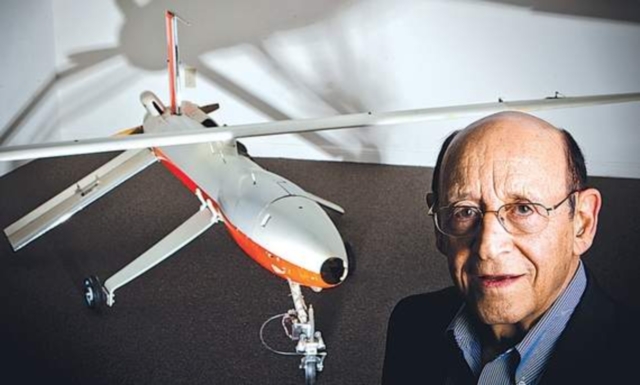In 1980, Abraham Karem, an engineer who had emigrated from Israel, retreated into his three-car garage in Hacienda Heights outside Los Angeles and, to the amusement of his tolerant wife, began to build an aircraft.
The work eventually spilled into the guest room, and when Karem finished more than a year later, he wheeled into his driveway an odd, cigar-shaped craft that was destined to change the way the United States wages war.
The Albatross, as it was called, was transported to the Dugway Proving Ground in Utah, where it demonstrated the ability to stay aloft safely for up to 56 hours — a very, very long time in what was then the crash-prone world of drones.
Three iterations and more than a decade of development later, Karem’s modest-looking drone became the Predator. The booming UAS sector has its roots in the often unsung persistence of engineering dreamers who worked on the technology of unmanned aviation when the military establishment and most major defense contractors had little or no interest in it. Innovators such as Karem were often sustained by grants from the Defense Advanced Research Projects Agency (DARPA) and a handful of early believers, including the CIA.
Karem said that he imagined his drones involved in a “tactical conflict with the Warsaw Pact, be it on the plains of Germany or as part of our Navy and Marines.” He had to sell his company, and with it the prototype of the Predator, long before it became the icon of a new kind of warfare. “I did not envision the collapse of the Soviet Union and the rise of warfare with non-state adversaries,” said Karem, an aeronautical engineer who served for nine years in the Israeli air force before settling in the United States in 1977.
Source: The Bulletin

